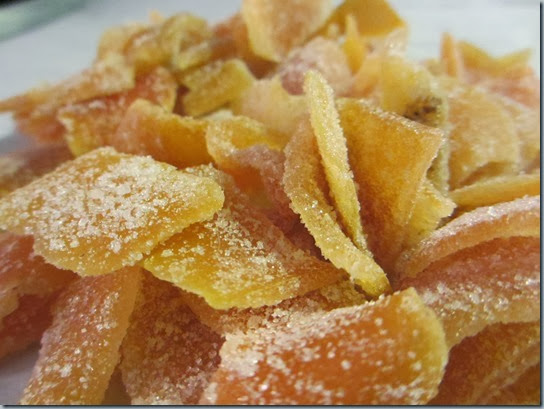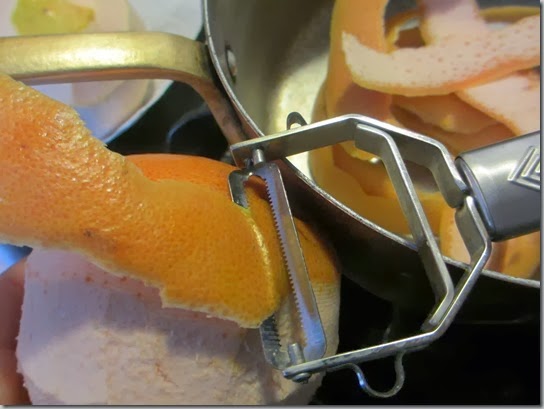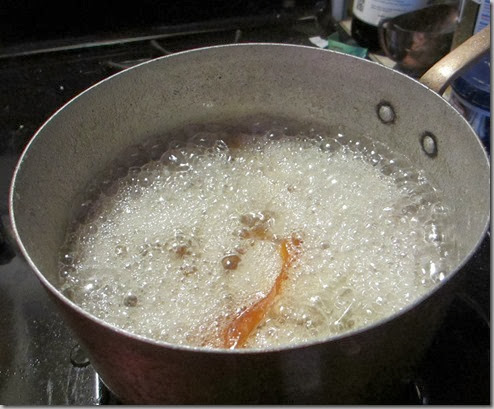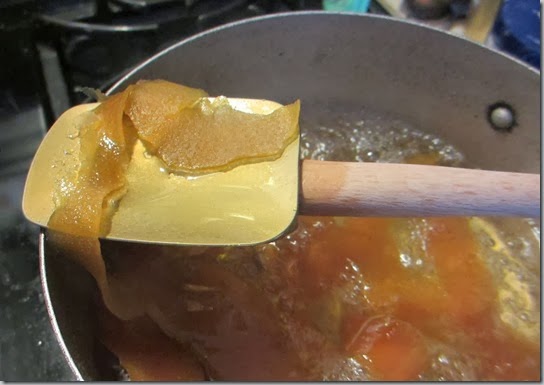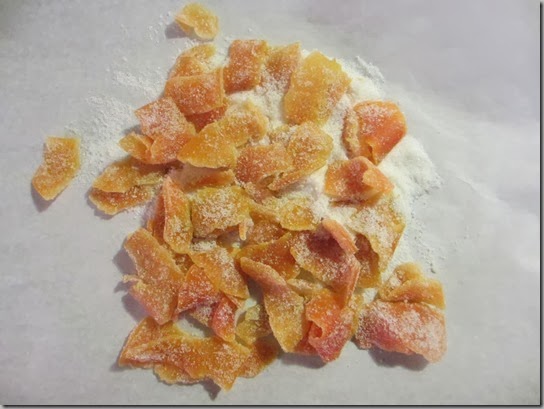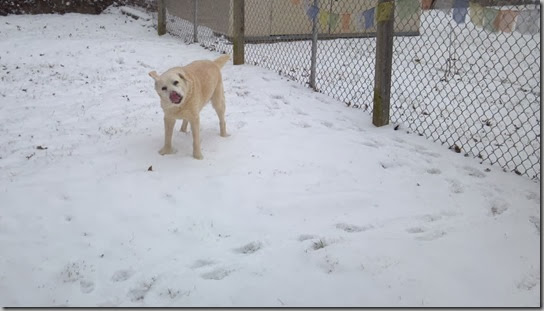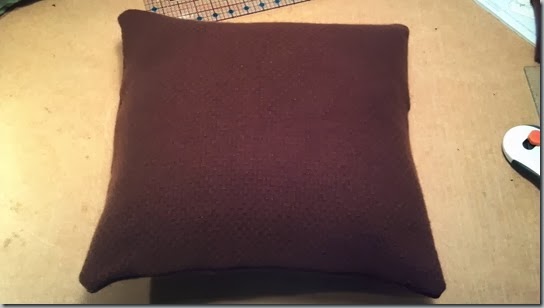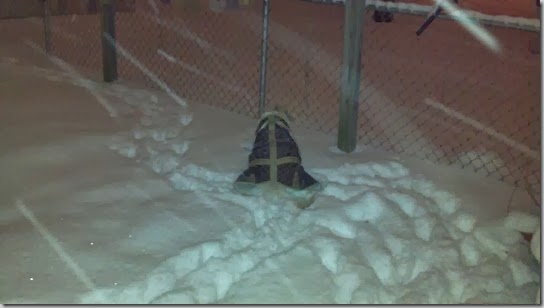When I lived in the UK, I spent some time in Edinburgh, and had the opportunity to attend several dinner dances and a traditional céilidh. The dress was black tie, and I managed to scare up a swath of our family’s tartan in Edinburgh to wear as a sash. Not what I’d have chosen if I had my choice, but… With all this, and my family’s Scottish roots, I feel like I am somewhat qualified to talk about Robert Burns Night which is being celebrated this year on January 25th with the very traditional Burns Night Supper.
With all this, and my family’s Scottish roots, I feel like I am somewhat qualified to talk about Robert Burns Night which is being celebrated this year on January 25th with the very traditional Burns Night Supper.
There is a fairly specific menu associated with the Supper, and it revolves around the traditional Haggis. If you’ve not tried it, but only heard about it, haggis is actually not too bad. There are much worse things to eat. 
It can be accompanied by neeps and tatties, or if you’re feeling a bit modern, a Swede mash. Translated, that’s turnips and potatoes, or a turnip mash. I can’t tell you how comical the conversation was when my housemate tried to tell me what Swede was in the vegetable family. If you want a soup course, you can have Cullen skink, which is a smoked fish and leek soup, and is quite good. Another traditional soup is cock-a-leekie, which is a chicken and leek soup.
When the haggis arrives, it’s usually piped in by a group of bag pipers and a traditional Robert Burns poem, Address to a Haggis, is said over it.  You can see “me” recite Address to a Haggis by clicking on the image below.
You can see “me” recite Address to a Haggis by clicking on the image below.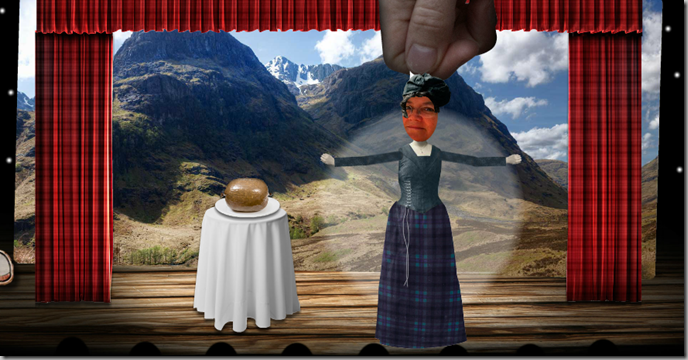
To end the meal, one might have Cloutie Dumpling, followed up with the completely revolting Tablet (it’s like really grainy fudge, without the chocolate). 
Naturally, there are lashings of whisky served throughout the dinner, and of course, you’re going to drink Scottish whisky, such as Glenmorangie or our old “house” whisky, Scapa. 
You should start the dinner with Burns’s Selkirk Grace:
Some hae meat and canna eat,
And some wad eat that want it;
But we hae meat, and we can eat,
And sae let the Lord be thankit.
At the end of the evening, everyone joins hands and sings Auld Lang Syne, a song reputedly penned by Robert Burns.
Should old acquaintance be forgot,
and never brought to mind?
Should old acquaintance be forgot,
and old lang syne?
CHORUS:
For auld lang syne, my dear,
for auld lang syne,
we'll take a cup of kindness yet,
for auld lang syne.
























